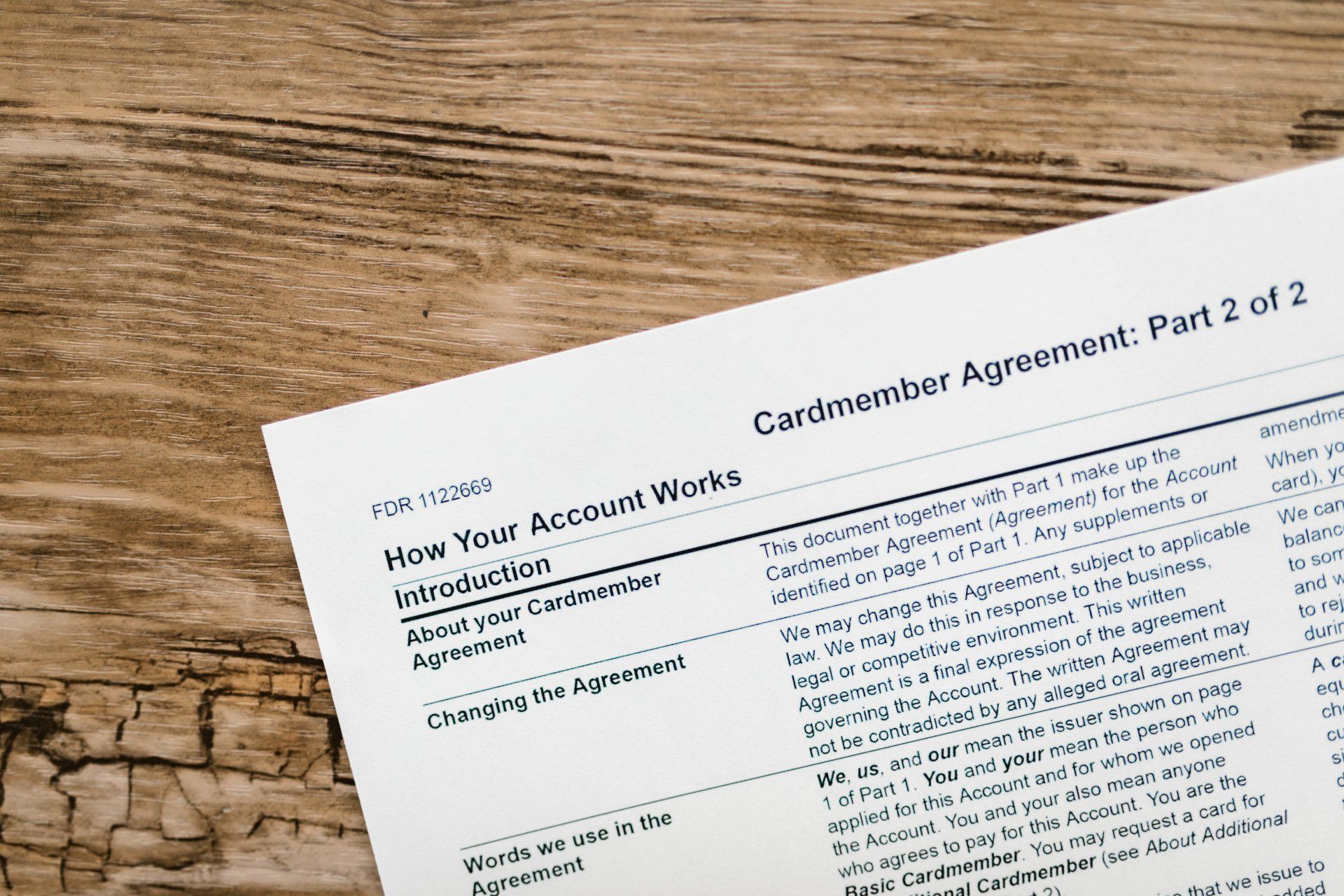How Long Before You Can Borrow Against Whole Life Insurance?
This is a subtitle for your new post
The question of when one can start borrowing against a whole life insurance policy is nuanced, hinging on several factors including the policy’s terms and the pace at which its cash value accumulates. Typically, this process can span anywhere from 3 to 10 years, a period that might seem important but is essential for building a solid financial foundation from which to borrow.
Understanding the intricacies of
policy loans, such as
eligibility criteria,
cash value accumulation, and repayment terms, is essential for leveraging this feature effectively. This discussion invites a closer examination of the balance between immediate financial needs and the long-term benefits of waiting, a consideration that could have a significant impact on one’s
financial strategy.
Contact Us
Key Takeaways
- Borrowing against a whole life insurance policy typically becomes viable within a 3 to 10-year timeframe.
- Eligibility to borrow depends on the policy having accumulated sufficient cash value.
- The cash value accumulates through premium payments and interest, serving as the basis for a loan.
- Insurers set minimum cash value requirements for borrowing, which varies by policy.
- It’s important to check with the insurer for specific terms related to borrowing against the policy.
Understanding Whole Life Insurance
Whole life insurance, a type of permanent life insurance, offers a unique combination of life coverage and an investment component. One of its most compelling features is the ability to borrow against the policy’s cash value. This aspect makes it a flexible financial tool that can provide liquidity when needed. However, understanding when and how you can borrow against whole life insurance is crucial to maximize its benefits. In this article, we will delve into the mechanics of borrowing against whole life insurance, including the timing, process, advantages, potential risks, and strategic considerations.
Borrowing against whole life insurance, once the policy has accumulated sufficient cash value, offers policyholders a flexible financial option with typically lower interest rates than those of traditional bank loans. This method of accessing funds becomes available after several years of policy growth, allowing for loans ranging from a minimum of $500 to a maximum of 90% of the policy’s cash value.
Features of Whole Life Insurance
- Death Benefit: The main goal of whole life insurance is to pay the beneficiaries a death benefit in the event that the insured passes away. As long as premiums are paid, this sum is usually assured to stay the same.
- Cash Value: A portion of the premiums are invested in the policy's cash value, which increases over time in response to dividends made by the insurance company or a predetermined interest rate. The amount that you can borrow against is this monetary value.
- Premiums: The recurring premium payments for whole life insurance are often greater than those for term life insurance. These are set premiums that don't go up over time.
When Can You Borrow Against Whole Life Insurance?
The growth of the policy's cash value determines one's ability to borrow against whole life insurance. Here's a thorough examination of the variables that affect when you can begin borrowing:
- Cash Value Accumulation
As soon as a whole life insurance policy is in force, its cash value starts to grow. However, a number of variables can affect how quickly the cash value increases, including: - Policy Age: During the first few years of the policy, a greater percentage of the premiums go toward covering the insurance component and administrative expenses. As a result, in the early years, the monetary value increases gradually.
- Premium payments: For the cash value to increase, premium payments must be made on a regular and timely basis. The accumulating process may be slowed down by any missing or postponed payments.
- Dividends: Certain whole life policies are qualified to collect dividends from the profits of the insurance firm since they are "participating" policies. You can utilize these dividends to lower rates, buy more coverage, or raise the cash value.
- Typical Timeline for Borrowing
Policyholders can often begin borrowing against their whole life insurance policy within two to five years, while the precise time frame may differ depending on the previously listed variables. The cash worth ought to have increased enough throughout this time to offer a substantial loan amount. Reviewing the exact terms and conditions of your policy is crucial, though, as certain policies may have different deadlines or specifications. - Minimum Cash Value Requirement
Before permitting policy loans, insurance firms usually demand that the policy's cash value have increased to a predetermined level. This cutoff point guarantees that there is sufficient collateral to support the loan. The required minimum cash value varies depending on the insurer and the policy, but it is typically several thousand dollars.
Loan Terms and Conditions
It's critical to be familiar with the loan terms and circumstances when taking out a loan against whole life insurance, as they may include:
- Interest Rates: The interest rates for policy loans are often competitive and frequently lower than those of credit cards or personal loans. Depending on the policy, the interest may be fixed or variable.
- Repayment Flexibility: One benefit of policy loans is their flexibility in repayment. You can pay back the loan whenever it's convenient for you because there isn't a set payback timetable. On the other hand, overdue interest will be compounded and added to the loan sum.
- Loan Limits: Usually set at 90% of the policy's cash value, the maximum loan amount is expressed as a percentage. This cap guarantees that there will always be sufficient monetary value to pay back the loan.
- Impact on Death Benefit: If the insured dies before the loan is paid back, the death benefit will be reduced by the amount of any outstanding debt, including interest. Your beneficiaries' level of financial stability may be impacted by this reduction.
Eligibility Criteria
Understanding the eligibility criteria is a key step for policyholders interested in leveraging their whole life insurance’s cash value for a loan.
- Accumulated Cash Value: Borrowing against whole life insurance requires a significant cash value component, which is the policy’s savings portion.
- Minimum Threshold: Insurers often set a minimum cash value requirement before policyholders can borrow money.
- Policy Age and Premium Payments: Eligibility for borrowing depends on how long the policy has been active and consistent premium payments to guarantee the cash value grows.
- Confirmation with Insurer: It’s important to check with the insurance provider for specific policy terms regarding eligibility and the minimum cash value needed.
- Understanding Permanent Life Insurance Policies: Familiarity with how permanent life insurance policies work, including the cash value component, aids in making informed borrowing decisions.
Benefits of Borrowing Against Whole Life Insurance
For policyholders in need of money, borrowing against whole life insurance presents a number of advantages that make it a desirable choice.
- No Credit Check: The fact that insurance loans don't need a credit check is one of their main benefits. The cash value of the policy serves as security for the loan, so the insurer is not required to evaluate your creditworthiness. Because of this feature, those with less-than-perfect credit can still choose it.
- Competitive Interest Rates: When it comes to interest rates, policy loans are usually more affordable than credit cards or personal loans. Because the rates are frequently lower, it's an affordable method of getting money.
- Flexible Repayment Terms: Policy loans, in contrast to conventional loans, provide adjustable terms for repayment. You can pay back the loan whenever it's convenient for you because there isn't a set payback timetable. This adaptability may come in handy when things are uncertain financially or when revenue is inconsistent.
- Tax Advantages: As long as the policy is still in effect, policy loans are normally not taxable as income. Borrowing against whole life insurance is a tax-efficient option to obtain cash because of this tax benefit.
- Continued Growth of Cash Value: There is still growth in the residual cash value even after borrowing against the policy. This functionality makes sure that your investment component keeps working and earning money.
Risks and Considerations
Although there are many benefits to borrowing against whole life insurance, it's important to understand the possible dangers and factors.
- Impact on Death Benefit
The effect of policy loans on the death benefit is one of the biggest threats. If the insured dies before the loan is repaid, the death benefit will be reduced by the remaining loan amount, including interest. Your beneficiaries' level of financial stability may be impacted by this reduction. - Loan Interest and Compounding
Over time, the debt compounds as unpaid loan interest is added to the loan sum. The loan sum can increase dramatically if it is not repaid over an extended length of time, possibly surpassing the policy's cash value and leading to the policy's lapse. - Policy Lapse
The insurance may lapse and lose its coverage as well as any residual cash value if the loan balance is greater than its cash value. To prevent this, it's essential to keep an eye on your loan balance and make your scheduled repayments. - Opportunity Cost
There may be an opportunity cost if the policy's cash value is borrowed against. The policy's ability to expand the borrowed amount has been terminated, which may lessen the long-term advantages of the cash value accumulation. - Tax The implications
Even though policy loans are normally not taxable, there may be a taxable event in the case of a lapsed policy with an outstanding loan sum. The IRS may treat the portion of the loan that is greater than the premiums paid as taxable income.
Find Affordable Whole Life Insurance with Chris Antrim Insurance
To sum up, borrowing against whole life insurance policies is dependent on the accumulation of sufficient cash value, a process that typically spans from 3 to 10 years. This financial strategy offers policyholders the dual advantage of leveraging their policies while continuing to enjoy coverage.
However, it is important to tread carefully, considering the fine balance between benefits and
potential drawbacks. As the saying goes, ‘don’t count your chickens before they hatch,’ emphasizing the importance of ensuring the cash value has matured adequately before planning to borrow against a policy. Find affordable insurance with
Chris Antrim Insurance.












